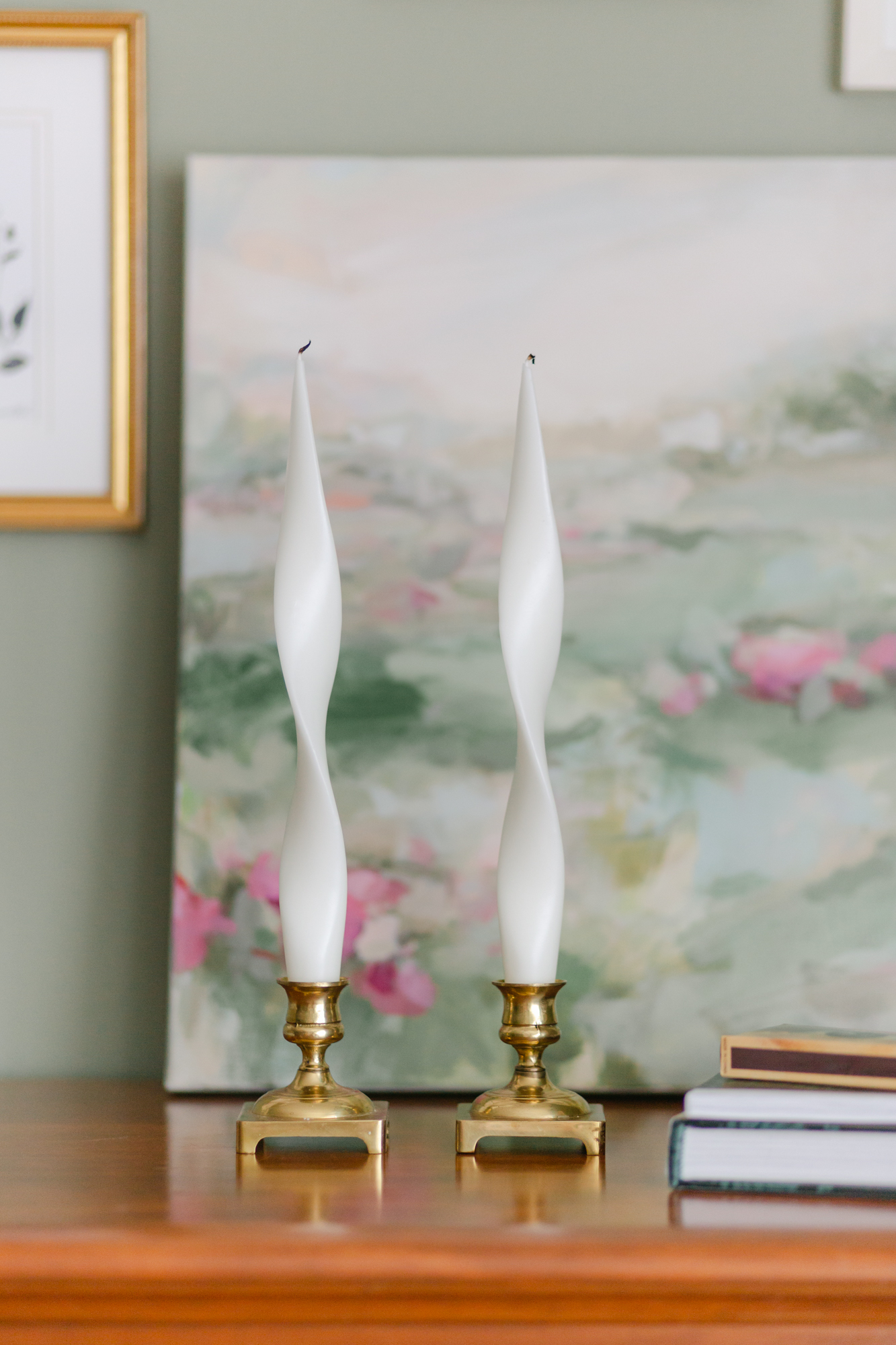How to enable USB debugging

Android is one of the most powerful and flexible operating systems currently existing on the technological scene, which can be customized and controlled in many ways: for example, as regards the management of some apps or certain advanced functions of the platform, it may be useful to impart some instructions directly to the system, acting as a computer. This operation is made possible by the so-called USB debugging : a feature integrated in Android that allows you to manage the devices animated by the "green robot" from the computer, after connecting via USB cable, in order to check in detail the behavior of the apps during the development or to intervene in a "profound" way on some details of the operating system.
That feature isn't immediately accessible, but it's well hidden within the developer options menu , which is invisible by default on most Android devices. The reason is obvious: this menu contains some functions dedicated only to experts in the field, which can profoundly alter the behavior of Android, making it unstable or even not working. Yes assumes that all development options are used only by users with adequate technical knowledge, in order to minimize damage resulting from incorrect settings.
If, therefore, you are looking for a guide that can explain how to activate USB debugging because you are curious to learn more about these features, know that you have found it: in fact, below, I will take care to indicate the procedures to be carried out depending on the version of the system. operating by you in use. Before moving on, however, keep in mind that programs that use USB debugging could act in an incisive way on Android, so carefully consider what you are about to do and only act if you are fully aware of the consequences. Also, please disable this feature as soon as you have finished using it, as it may be harmful in terms of security.
How to enable USB debugging

You have decided to throw yourself headlong into the maze of modding for Android, driven by the curiosity of what you could do to further improve your smartphone. Before starting, however, you need to understand how to activate USB debugging on your smartphone, so that you can then act on your smartphone directly from your PC.
No problem, below I will show you how to activate USB debugging on Android smartphones of the main brands, but even if your smartphone is not among them, the procedure to follow is good or bad always the same, they could only change the positioning of some menus or their wording.
You recently bought a new Xiaomi smartphone and you are really curious to find out how to activate USB debugging on Xiaomi , aren't you?
The first thing you need to do is enable the Developer Options , so take your Xiaomi smartphone and open the Settings app , usually recognizable by the icon of a gear and tap on the item My device , which you find listed first. In this section, tap on the All specifications item and then tap several times on the MIUI version item until the pop-up "You are now a developer" appears: if necessary, confirm the operation by entering the unlock code of your device.
To enable USB debugging, go back to the main Settings screen using the arrow button at the top left, tap on the item Other settings and then on Developer options . The first thing you need to do is to set the lever relating to the Developer Options item to ON (if it was still disabled) and then do the same thing for the USB Debugging item : confirm the operation by touching the OK button in the pop-up that appears on the screen .
How to enable USB debugging on HUAWEI
Are you curious to find out how to enable USB debugging on HUAWEI ? You must know that in the case of HUAWEI smartphones , in addition to having to enable USB debugging, it is advisable to activate the HDB mode, which, for example, is necessary in order to connect the smartphone to the HUAWEI HiSuite software.
Take your HUAWEI smartphone and open the Settings app , usually recognizable by the icon of a gear , and among the different items present scroll down and tap on the Phone Info item . In this section, tap several times on the item Build number until the pop-up “You are now a developer” appears: if necessary, confirm the operation by entering the unlock code of your device.
To enable USB debugging, go back to the main Settings screen , tap on the System and updates item and then on Developer options . Now make sure that the lever relating to the homonymous item is set to ON and then do the same thing for the USB Debugging item : confirm the operation by touching the OK button in the pop-up that appears on the screen.
After enabling USB debugging, I recommend that you also enable connection via HDB. To do this, open the Settings app , tap on the Security item and then on Other settings . In this section, set the lever of the item Allow connection via HDB to ON and confirm the operation by entering the device unlock code.
By enabling this function you can, for example, make a complete backup of your device through HiSuite, a procedure that
How to activate USB debugging on Samsung
You own a Samsung smartphone and you can't wait to start getting your hands on it by following several modding guides. To get started, however, you would like to understand how to activate USB debugging on Samsung , so that you can start with the most basic modding operations, such as unlocking the bootloader.
Grab your Samsung smartphone and open the Settings app , usually recognizable by a gear icon . Scroll down among the different items, tap on the About phone item and then on Software information . In this section, tap several times on the item Build version until the pop-up "Developer mode has been activated" appears: if necessary, confirm the operation by entering the unlock code of your device.
To be able to enable USB debugging, go back to the main Settings screen , scroll down and tap on the Developer Options item that was not previously present. Now make sure that the lever relating to the homonymous item is set to ON and then do the same thing for the USB Debugging item : confirm the operation by touching the OK button in the pop-up that appears on the screen.
How to enable USB debugging with broken screen
Unfortunately, the screen of your device broke after a bad fall and, although the screen is still visible, the touch screen no longer works, so you cannot enable USB debugging by following the instructions I gave you earlier .
In this situation you want to understand how to activate USB debugging with broken screen , don't you? To be able to control an Android smartphone with a non-functional touch screen, you can try connecting a mouse . To do this you need to buy a USB OTG adapter from micro USB / Type-C to USB-A , or if your smartphone has a USB Type C port, you can buy a mouse that is already equipped with a cable of this guy.
Before proceeding with the purchase, however, make sure that your device is equipped with OTG support , as without this support you will not be able to use an external mouse to control your device. In this case, since you cannot use a special app to check that such support is present, I recommend that you look for the necessary information on the official website of the manufacturer of your smartphone.
After you have made sure that OTG support is present, you can proceed with purchasing an OTG adapter or a suitable mouse directly (if you don't already have one), if not, you can try to take a look at the my tutorial on how to enable OTG on Android .
Once you have purchased the USB OTG adapter or the suitable mouse, connect it to the USB port of the smartphone with the broken screen and after a few seconds the mouse will be recognized and you can use it to move within the operating system, exactly as if you were using a normal PC.

















